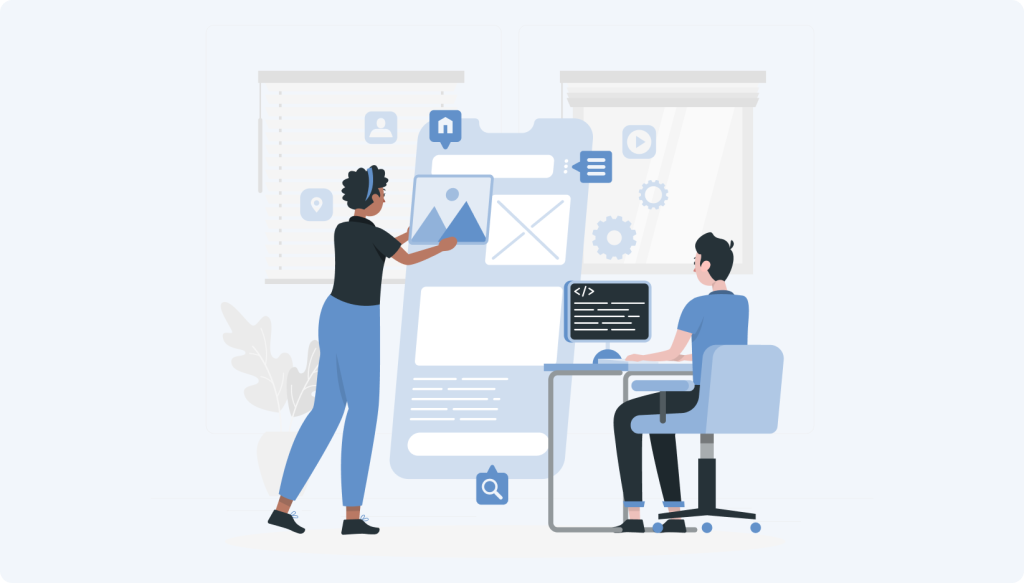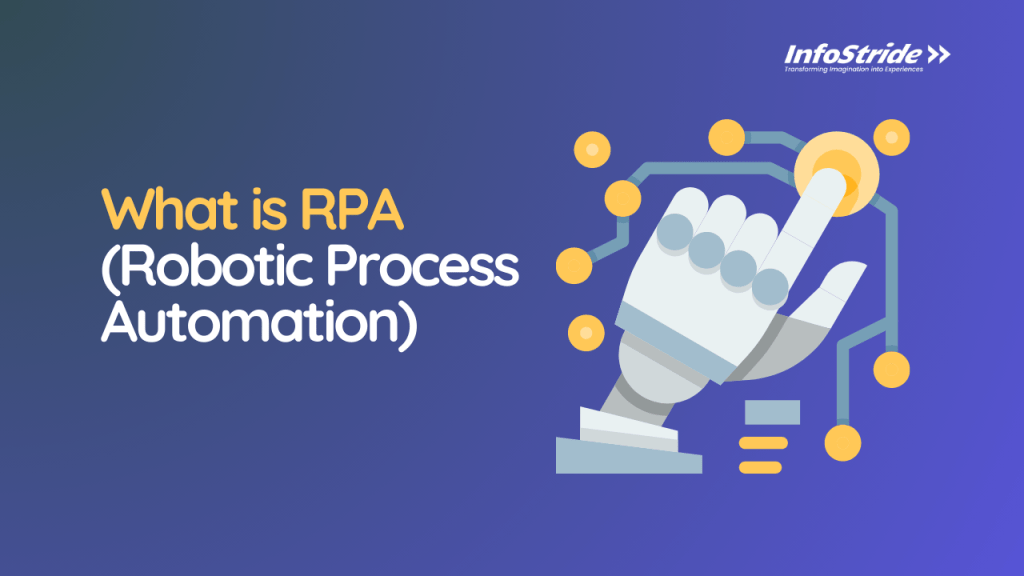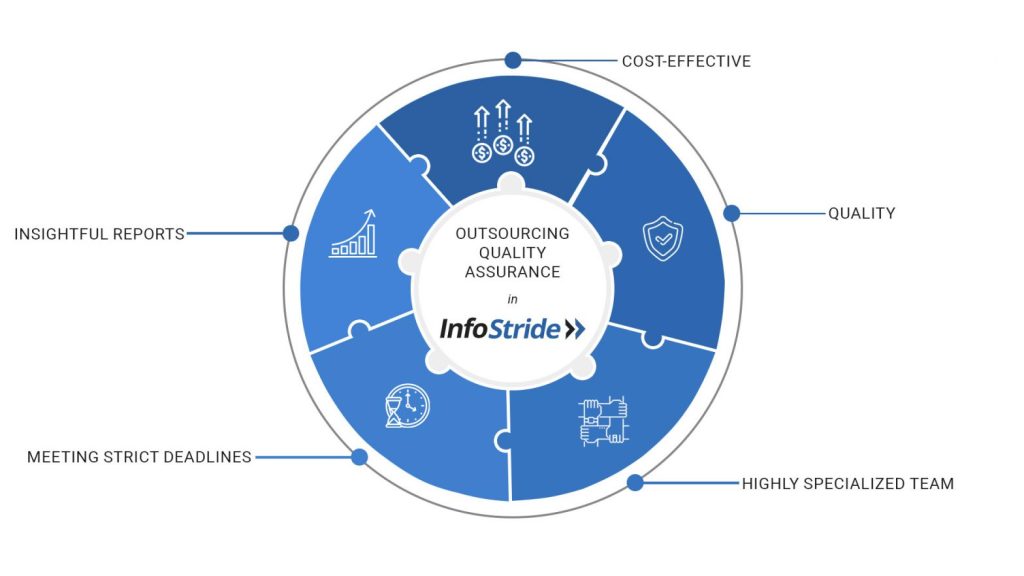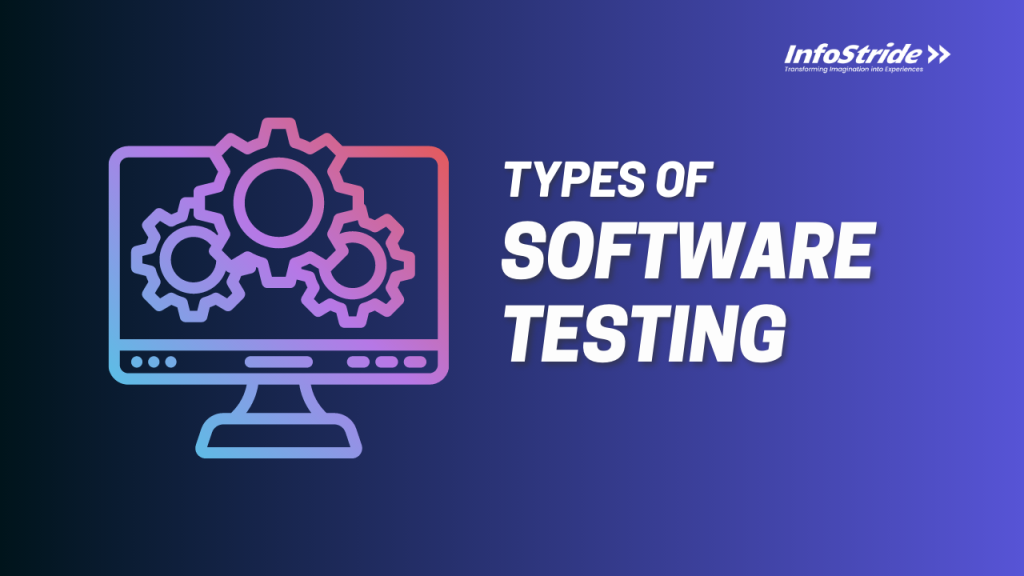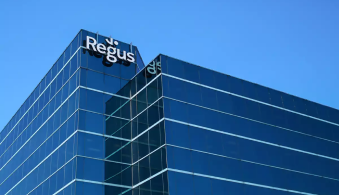In today’s highly competitive business environment, startups and entrepreneurs are laser-focused on accelerating the launch of their products or services to capture market share. They have realized MVP app development approach is the way to go.
But how much does it cost to build an MVP? It is one of the first questions asked by clients who approach us to create an MVP for their app idea.
The minimum viable product cost can vary depending on various factors such as the complexity of your app, the development team you hire and the technology stack used. However, building an MVP can fall within the average cost bracket of $10,000 to $100,000 or more.
In this article, we’ll take a closer look at the factors that affect the cost to build an MVP. We’ll also provide some proven tips on how to reduce your minimum viable product cost.
Why is It Important to Know the Cost of Building an MVP for Startups?
Despite being less expensive than creating a full-fledged product, knowing the cost of building an MVP is crucial for startups due to the following reasons:
-
To set realistic budget expectations
It’s imperative to have a realistic understanding of how much a minimum viable product cost before you start building it. This will help you set realistic goals, focus on building essential features that align with your available resources and avoid overspending on non-core functionalities.
-
To stay financially sustainable
According to a study by CB Insights, 38% of failed startups cited running out of cash as a primary reason for their failure.. Thus, startups with a clear financial plan are likely to increase their odds of success.
-
To secure funding
A same study by CB Insights revealed that 38% of startups fail because they are not able to raise money. Thus, startups with a well-defined financial plan are also more likely to attract potential investors. Moreover, investors are more inclined to back startups that clearly demonstrate a thorough understanding of their financial needs and can effectively articulate the ROI potential of their MVP.
In short, understanding the cost of developing an MVP enables you to make informed decisions, streamline your development process and boost the odds of launching a successful product within your budget constraints.
5 Key Factors Affecting the Cost to Build an MVP
Now, it’s time to address the main concern: how much does a minimum viable product cost? As mentioned above, it depends on a number of factors. Let’s take a look at each of these factors below.
-
The Complexity Level of the MVP
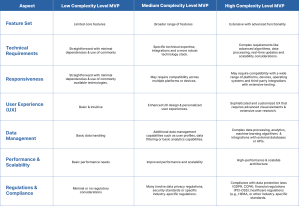
The complexity of your product idea and its intended features will significantly impact the cost. A simple MVP typically includes a limited set of essential features with basic functionality and a simple user interface, thus cost less compared to a more complex one with advanced set of features, API integrations or data processing.
Determining the complexity level of an MVP further involves evaluating various aspects of your product.
-
UI/UX Design
UI/UX design is typically considered a separate cost when building an MVP, thus it’s crucial to allocate some budget specifically for UI/UX design when planning for an MVP to ensure user-friendly product that aligns with target user expectations.
The rule here is simple: if there is a need for extensive user research, detailed wireframing & prototyping, custom illustrations and robust responsiveness, it will increase the overall minimum viable product cost.
-
Technology Stack
The choice of technology stack to build an MVP will also affect the cost.
Some programming languages, frameworks and libraries may increase the price due to scarcity of skilled developers or licensing fees.
For example, creating a mobile app with native technologies will be more costly as compared to building an app with cross-platform frameworks such as React Native that enable sharing 90% of code across Android and iOS.
However, cost-effectiveness should not be the sole determining factor when selecting a technology stack. You should also consider other aspects such as the specific requirements of your MVP, the skill set of your development team, long-term scalability needs, and the availability of third-party integrations or libraries.
-
Development Team
The development team you hire can affect the cost to create a minimum viable product in a number of ways, including but not limited to:
1. Size of the team; a large team will typically cost more than a smaller one.
2. Experience and expertise level of the team; a team with higher expertise and in-demand skill set result in higher rates.
3. Team composition; if there is a need for specialized roles such as software quality assurance testers, data engineers or blockchain experts, the cost will rise up.
4. Geographical location of the team; developers in some regions such as the United States typically charge more than developers with the same level of expertise in other regions such as Asia.
5. In-house vs. outsourced; in-house development typically involves higher overhead costs, such as salaries, benefits and infrastructure. Outsourcing can be more cost-effective, as it allows you to leverage external expertise all while avoiding these overhead expenses.
-
Development Timeframe
The time required to build an MVP can vary based on a number of aspects such as the complexity of the product, development team size, availability of resources and technological challenges.
Well, the primary goal of an MVP app development approach is to quickly validate the core value proposition of the product idea and gather feedback from users. Thus. by keeping the development timeframe relatively short, you can launch your MVP sooner, gather valuable insight and make iterative improvements based on real user feedback.
The time required to develop the first version of an MVP should not exceed more than 2 weeks. Moreover, shorter MVP development timeframe results in lower costs.
The Hidden Costs of MVP App Development
While above mentioned MVP app development costs are quite apparent, there are many hidden costs that you can’t ignore. Let’s have a look:
-
Deployment and App Store Submission
Preparing your MVP for deployment and submitting it to app stores typically involve additional expenses, such as:
-
Quality Assurance & Accessibility Testing
Once your MVP is developed, it needs to be rigorously tested to ensure that it delivers a top-notch user experience to users, including those with disabilities. Some vendors may charge additionally for quality assurance & accessibility services.
-
Iterations and Enhancement
As user feedback is collected and analyzed, iterations and enhancements to your MVP are often necessary. Incorporating user feedback and making necessary iterative enhancements can incur additional expenses for design, development and testing, especially if significant changes are required.
-
Scalability and Performance Optimization
If your MVP needs to handle increasing user base or requires performance optimizations, additional infrastructure resources may be required. This could include investing in scalable server architecture, caching mechanisms, load balancers or cloud services. These infrastructure upgrades can result in additional costs during the MVP app development process.
-
Integration and Third-Party Services
If your MVP requires integration with external services, APIs, or third-party platforms, there may be additional costs as well. Some services may have usage fees, licensing costs, or require customization, all of which can affect the overall development budget.
-
Localization and Internationalization
If you intend to target global markets, you should consider costs related to localization and internationalization. Making your MVP compatible with different languages and local preferences typically requires additional design, development and testing efforts.
-
Maintenance Plan
After the launch, it’s important to continue improving and maintaining your MVP to ensure that it remains functional and up to date.. These maintenance costs are typically around 20% of overall app development costs per year.
-
Growth Marketing
Even the best app idea won’t be successful if nobody knows about it. To promote your MVP and user acquisition, you must invest in growth marketing strategies such as social media advertising, search engine optimization, content marketing and among others.
Tips To Reduce Minimum Viable Product Cost
There are many proven ways to effectively manage and cut MVP app development costs for startups while ensuring a high-quality MVP launch. Let’s have a look:
-
Low-code/No-code Development
Low-code and no-code development platforms are becoming increasingly popular for MVP development for startups with a tight budget. These platforms ensure quick app development with minimal coding. Thus, leverage a low-code or no-code development approach to significantly reduce the development effort and costs.
-
Use Open-source Libraries and Frameworks
Leverage open-source libraries and frameworks available in the app development community. They are free to use, which can reduce your minimum viable product cost.
Moreover, open-source libraries and frameworks can help you build a more engaging and user-friendly MVP. For example, the Flutter and React Native are open-source frameworks that can be utilized to create native-like mobile applications for both iOS and Android.
-
Cloud-Based Development
Cloud-based development platforms such as AWS and Azure offer several benefits, including scalability, flexibility, and cost-effectiveness. By hosting your MVP on a cloud-based platform, you can avoid the need to purchase and maintain expensive hardware and software.
-
Outsource MVP App Development
One of the primary reasons why businesses outsource is to reduce costs. As per Deloitte study, 63% of companies consider outsourcing as a powerful cost-cutting measure.
The reason being the hourly rates of developers vary significantly from region to region.
For example, the rate of developers in North America is $100-$250 per hour. On the other hand, the rate of developers with the same expertise and skill set in countries like India is $20-$100 per hour.
Moreover, outsourcing enables you to save on overhead expenses such as salaries, infrastructure setup and employee benefits that come along with assembling an in-house development team.
Also Read: Thinking of Outsourcing to India: Here’s What You Need to Know
-
Choose a Skilled MVP Development Team
Working with a skilled development team can help you reduce development costs and time, as they can help you leverage agile development methodologies, such as Scrum for enhanced flexibility, faster feedback loops, and early identification of issues.
Moreover, join hands with a development team that strives to meet diverse business needs by offering flexible engagement models, such as hire developers or time and material.
Conclusion
MVP app development is the first step towards turning your breakthrough app idea into a successful product. But things can go wrong without proper budget planning for your MVP. Thus, it’s essential to understand the cost to build an MVP.
As several factors play a role in the cost aspect, the actual cost of building your MVP can only be determined by discussing the project requirements and scope with experts.
We at InfoStride can help you arrive at an accurate estimate with productive discovery workshops. We are experts in delivering high-quality and scalable MVPs that drive incremental growth for your startup.
Contact us to discuss your idea with our experts to get started today.
Frequently Asked Questions
1. How long does it take to build an MVP?
This study by CB Insights that surveyed more than 2,000 startups found that the average time to build an MVP is 6 months. Another study by TechCrunch found that the shortest time to develop an MVP is 2 months.
Overall, the stats show that the MVP building process can take 2 to 6 months.However, the exact time it takes will vary depending on the complexity level of the desired product, the scope of features, the location and size of the development team size and among others. If you want to know the estimated time to build an MVP for your product/or service, it’s best to consult with our experts for the right guidance.
2. What are some compelling reasons to build an MVP?
MVP app development brings many benefits to the table. Thus, many startups develop a minimum viable product first before launching a full-fledged product. So, let’s have a look at all the major advantages of MVP development for startups:
- It helps validate if there is a real demand for your product or service in the market with minimal investment.
- Reduce the risk of failure by testing your idea and gathering user feedback before committing significant time and resources to develop a full-scale product.
- Help you get to market faster by enabling you to focus on the core features only.
- Enable you to iterate and improve your product or service over time with feedback from real users.
- Increase your odds of getting funding as investors are more likely to fund a startup that has already built an MVP and has some early traction.
3. What are some good examples of minimal viable products?
From Amazon to Instagram and Dropbox, there are many successful MVP examples from the world’s leading tech giants who started their journey with the MVP app development approach.
4. How to build a successful MVP?
Building a successful MVP involves several key considerations. Here are some tips to help you start off on the right foot:
- Begin with a clear understanding of your target market. Who are you developing the product for? What are their pain points and needs?
- Figure out the core value proposition and then determine the essential features and functionalities that deliver the core value to your target audience.
- Focus should be on must-have features and consider additional functionalities for future iterations only.
- Always go for simplicity and usability by overlooking the features that don’t contribute significantly to the core value proposition of your product or service.
- Go with an agile development approach that ensures flexibility. Be open to pivoting your plans based on changing market dynamics and user feedback.
5. How to choose the best MVP development agency?
There are so many MVP development agencies to choose from for startups. Choosing the right MVP development agency requires careful consideration of numerous factors. Here’re some tips to help you get started:
- Look for an agency that has a proven experience in your industry or a similar industry.
- Check out the agency’s portfolio to see successful examples of their work to get a clear idea of their expertise and capabilities.
- Go for an agency that can scale resources as your project requirements evolve.
- Evaluate the agency’s minimum viable product cost structure and make sure it aligns with your budget.
- Know about the agency’s quality assurance practices, such as testing methodologies and code review processes. Ensure they prioritize delivering a high-quality MVP.
